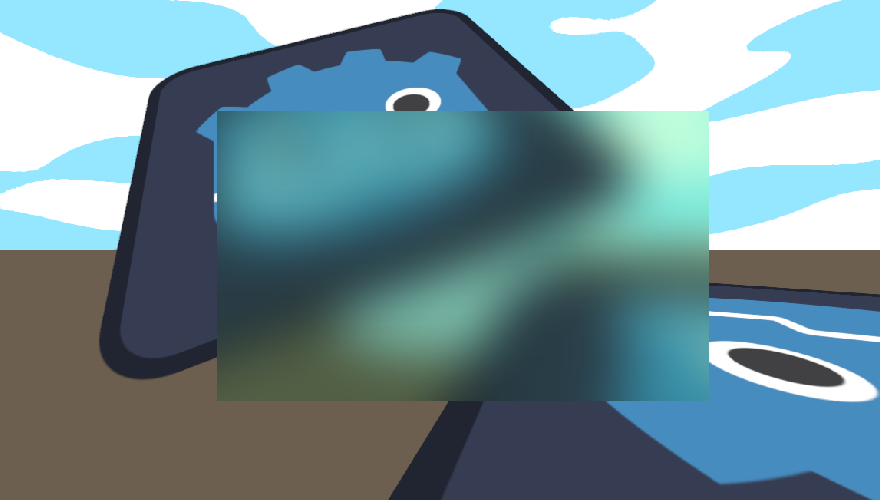- Edited
I'd like to create a frosted glass UI effect, similar to MacOS, Forza Horizon and others:

I can't find any shaders that work well. The best I could find was this, which is far from what I want:
shader_type canvas_item;
uniform sampler2D screen_texture : hint_screen_texture, repeat_disable, filter_linear_mipmap;
const int samples = 32;
const int LOD = 2; // gaussian done on MIPmap at scale LOD
const int sLOD = 1 << LOD; // tile size = 2^LOD
const float sigma = float(samples) * 0.25;
float gaussian(vec2 i) {
return exp(-0.5 * dot(i/sigma, i/sigma)) / (6.28 * sigma * sigma);
}
vec4 blur(sampler2D sp, vec2 uv, vec2 scale) {
vec4 color = vec4(0.0);
float total_weight = 0.0;
int s = samples/sLOD;
for (int i = 0; i < s*s; i++) {
vec2 d = vec2(float(i%s), float(i/s)) * float(sLOD) - float(samples)/2.0;
float weight = gaussian(d);
color += textureLod(sp, uv + scale * d, float(LOD)) * weight;
total_weight += weight;
}
// Normalize by total weight instead of alpha
return color / total_weight;
}
void fragment() {
vec2 uv = SCREEN_UV;
vec2 texture_pixel_size = 1.0/vec2(textureSize(screen_texture, 0));
COLOR = blur(screen_texture, uv, texture_pixel_size);
}It shifts the blurred image and it does not blur the environment skybox.
Can anyone help?











